Cutting Back Boysenberries: Tips For Effective Boysenberry Pruning
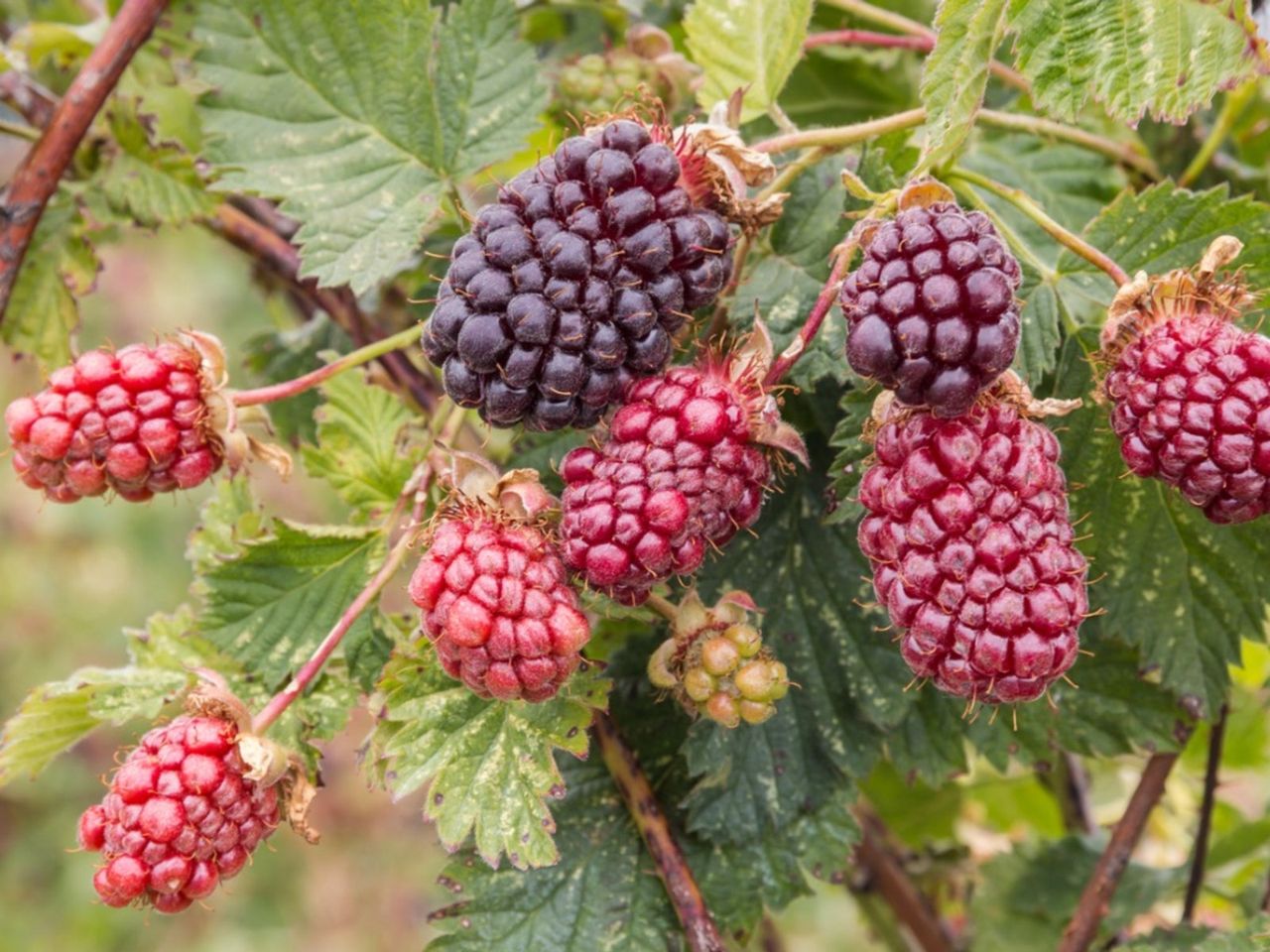

Not every berry you eat grows naturally on the planet. Some, including boysenberries, were created by growers, but that doesn’t mean that you don’t have to maintain them. If you want to grow boysenberries, you’ll need to undertake regular boysenberry pruning. For tips on cutting back boysenberries, read on.
About Pruning Boysenberries
Boysenberries resulted from a cross between the European raspberry, the blackberry, and the loganberry by Napa farmer Rudolf Boysen during the 1920s. These luscious berries offer the dark color and intense sweetness of a blackberry with the tartness of a raspberry. Boysenberries are brambles, like their genetic parents, and many varieties have canes armed with noteworthy thorns. Like most brambles, boysenberries require a trellis system to support their weight. Boysenberries only produce fruit on canes from the prior year called floricanes. The first year of the life for a boysenberry cane is termed a primocane. Primocanes do not produce fruit until the following year when they become floricanes. During any typical growing season, your berry patch will have both primocanes and floricanes present. This can complicate the process of boysenberry pruning at first, but you’ll soon learn to tell the difference.
How to Prune Boysenberries
Trimming a boysenberry patch is an essential part of growing these berry-producing shrubs. The trick with boysenberry pruning is to distinguish floricanes, which are removed entirely, from primocanes, which are not. You start cutting back boysenberries to ground level in early winter, but only the floricanes. Distinguish the floricanes by their brown or grey coloring and thick, woody size. Primocanes are younger, greener, and thinner. Once the floricanes are cut, thin out the primocanes by trimming a boysenberry patch until each plant has only seven primocanes standing. Then keep pruning by trimming the primocanes’ lateral branches down to about 12 inches (30.5 cm) long. This winter pruning is the core work of trimming a boysenberry patch. But if you want to learn how to prune boysenberries in summer, there are a few things to learn. You want to cut off the tips of primocanes in spring and summer as they grow to the top of your trellis system. Tipping in this way causes them to form lateral branches, which ups the fruit production. There is one additional time to do boysenberry pruning. If, at any point during the year, you see canes that seem diseased, damaged, or broken, trim them out and throw them away.
Gardening tips, videos, info and more delivered right to your inbox!
Sign up for the Gardening Know How newsletter today and receive a free copy of our e-book "How to Grow Delicious Tomatoes".

Teo Spengler is a master gardener and a docent at the San Francisco Botanical Garden, where she hosts public tours. She has studied horticulture and written about nature, trees, plants, and gardening for more than two decades. Her extended family includes some 30 houseplants and hundreds of outdoor plants, including 250 trees, which are her main passion. Spengler currently splits her life between San Francisco and the French Basque Country, though she was raised in Alaska, giving her experience of gardening in a range of climates.
-
 7 Vegetables To Plant In April: Start Indoors Or Outside For A Bumper Summer Harvest
7 Vegetables To Plant In April: Start Indoors Or Outside For A Bumper Summer HarvestAchieve your growing ambitions with these best vegetables to plant in April – including cold-hardy crops to sow direct and tender varieties to start indoors
By Mary Ellen Ellis
-
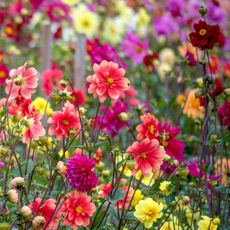 Cut Flower Garden For Beginners: 8 Easy Decorative Floral Plants For Newbies To Grow
Cut Flower Garden For Beginners: 8 Easy Decorative Floral Plants For Newbies To GrowAre you new to growing decorative florals for bouquets and ornamental displays? A cut flower garden for beginners is well within reach if you grow these flower seeds
By Tonya Barnett
-
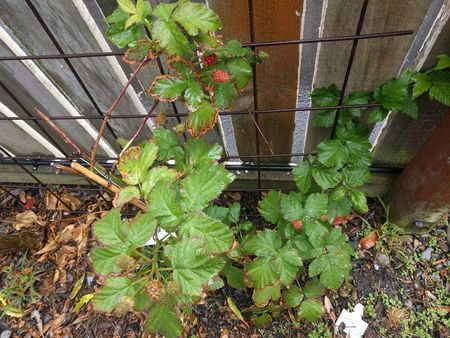 Winterizing Boysenberry Plants – How To Treat Boysenberries In Winter
Winterizing Boysenberry Plants – How To Treat Boysenberries In WinterBoysenberries are a cross between common blackberry, European raspberry, and loganberry. Although they are robust plants that thrive in cold weather, boysenberries require a little winter protection in chilly climates. Learn more in this article.
By Mary H. Dyer
-
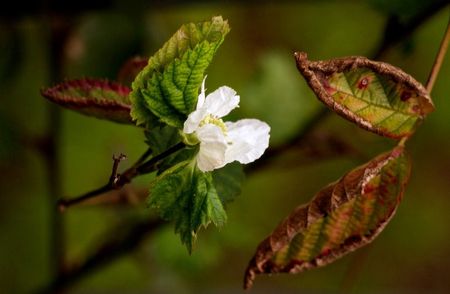 Boysenberry Disease Info: Learn How To Treat A Sick Boysenberry Plant
Boysenberry Disease Info: Learn How To Treat A Sick Boysenberry PlantBoysenberries are delightful to grow, giving you a harvest of juicy, sweet berries in the late summer. This cross between raspberry and blackberry varieties is not as common as it once was, but it should be. Watch out for common diseases though, as explained in this article.
By Mary Ellen Ellis
-
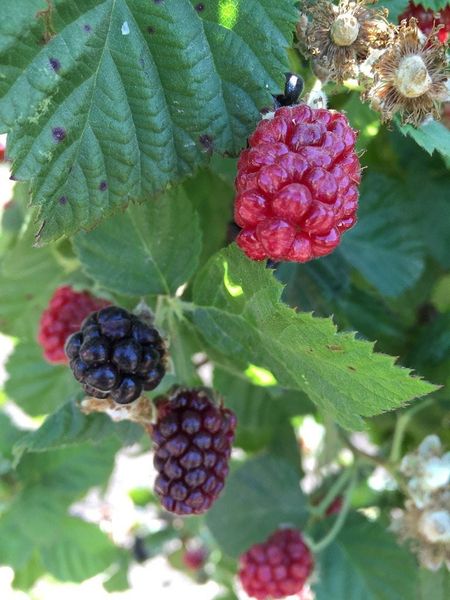 Potted Boysenberry Plants – Growing Boysenberries In A Container
Potted Boysenberry Plants – Growing Boysenberries In A ContainerBoysenberries are a popular fruit, a hybrid among several other varieties of cane berry. Most commonly grown in gardens in the warm, moist regions of the U.S. Pacific Northwest, they can also be grown successfully in containers. Learn more here.
By Liz Baessler
-
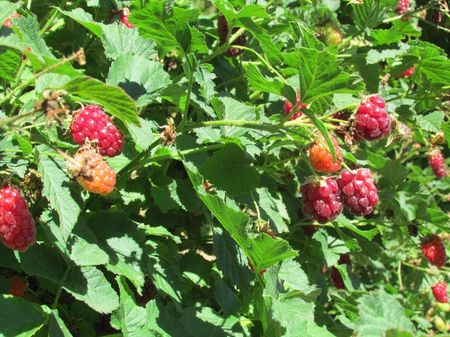 Boysenberry Problems: Learn About Common Boysenberry Pests And Diseases
Boysenberry Problems: Learn About Common Boysenberry Pests And DiseasesBoysenberry plants are so susceptible to a number of fungal conditions that many gardeners have become reluctant to even try growing them. In this article, we will take a closer look at common boysenberry pests and diseases.
By Darcy Larum
-
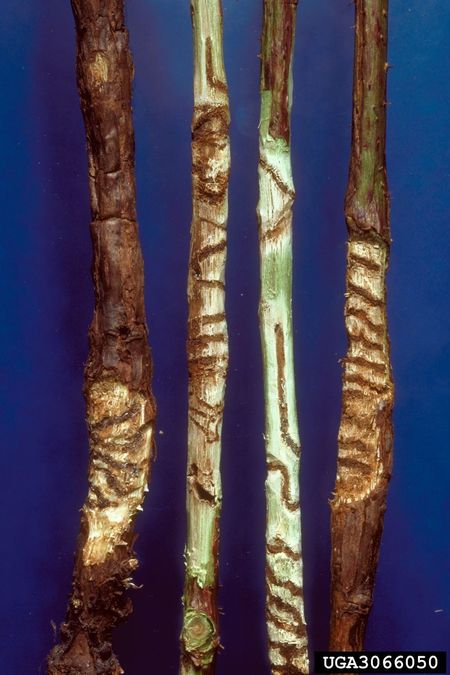 Boysenberry Pests: Learn About Bugs That Eat Boysenberries
Boysenberry Pests: Learn About Bugs That Eat BoysenberriesAlthough they are fairly low maintenance, boysenberry pests can still be a problem. What pests of boysenberry should you watch out for? Well, it should come as no surprise that bugs that eat boysenberries are also inclined to nibble on raspberries. Learn more about them here.
By Amy Grant
-
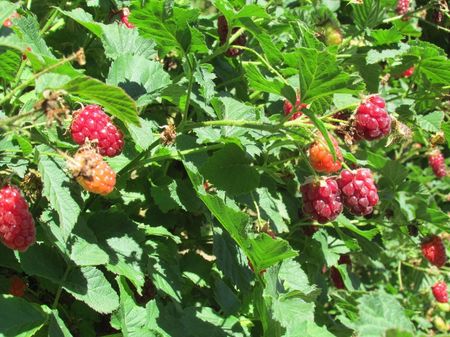 How To Harvest Boysenberries – Picking Boysenberries The Right Way
How To Harvest Boysenberries – Picking Boysenberries The Right WayFor ultimate flavor, boysenberry harvest occurs when the berries are mature and at their peak. It's important for growers to know exactly how and when to pick boysenberries to capture their distinctive taste and aroma. This article can help with that.
By Amy Grant
-
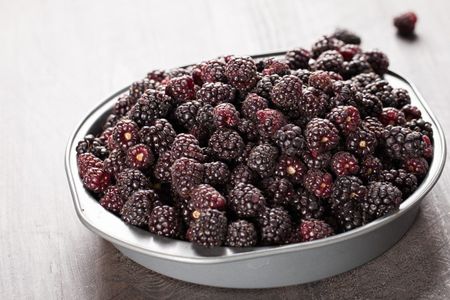 Boysenberry Benefits And Uses – Why Should You Eat Boysenberries
Boysenberry Benefits And Uses – Why Should You Eat BoysenberriesWe've been hearing a lot about the health benefits of berries. What are some benefits of eating boysenberries? Use the information in this article to find out why you should eat boysenberries and how to use boysenberries. Click here to learn more.
By Amy Grant
-
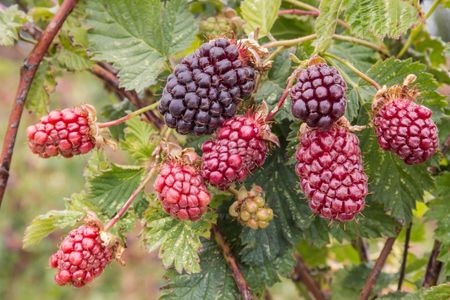 Boysenberry Plant Info – Tips On Growing A Boysenberry Plant
Boysenberry Plant Info – Tips On Growing A Boysenberry PlantIf you love raspberries, blackberries, and loganberries, then try growing a boysenberry, a combination of all three. How do you grow boysenberries? Click here to find out about growing a boysenberry, its care, and other boysenberry plant info.
By Amy Grant